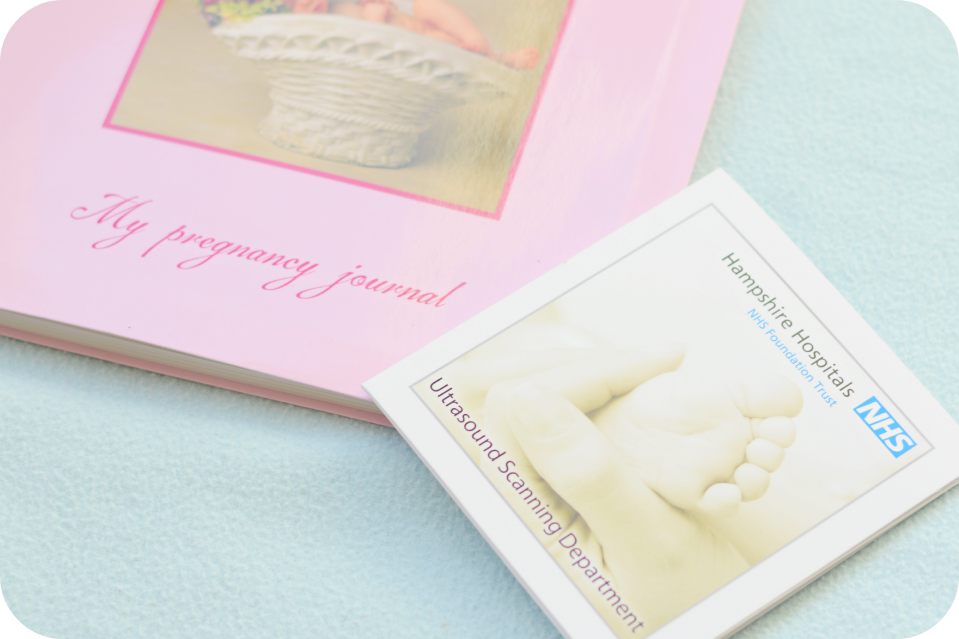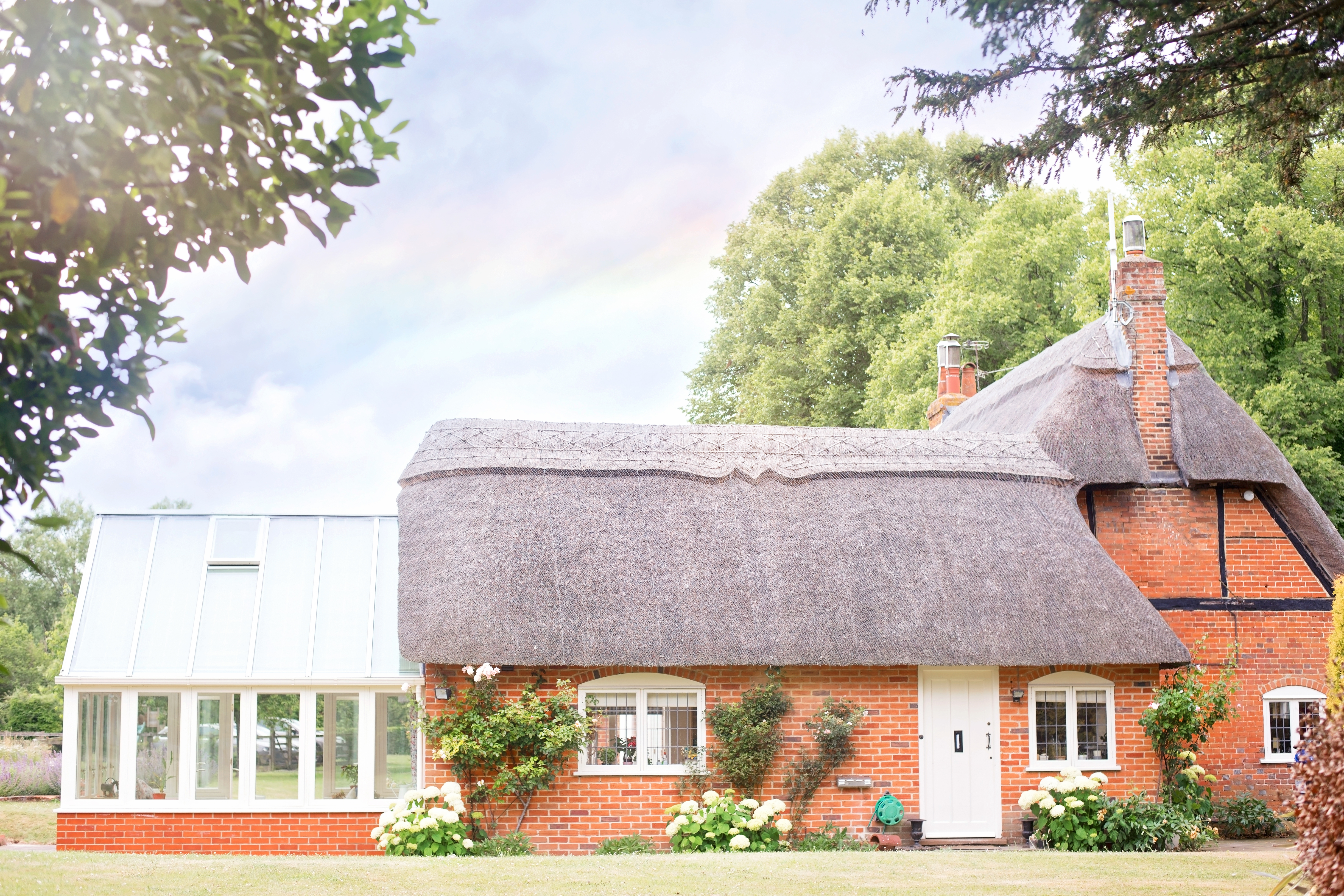Once Upon A Picture: How To Tell A Story With Your Product Photos
Whether you’re selling toys, games, treats, or trinkets, you need to do more than just provide a static,
lifeless photograph of your product. Your product photos need to tell a story. Product storytelling captures attention with a moving tale about your product instead of simply listing its features. Cast as the hero in the story, the viewer connects emotionally with the solution promised by your product. Here are some ideas you can use to tell product stories from behind the lens.
How Product Photography Can Tell a Story
Just like the best family photographs tell a story about the family, the best product photographs often
tell a story about the product. Storytelling photography is more commonly known as narrative
photography. When narrative photography is applied to the marketing of a product, the simple image of
the item is replaced with a photograph that tells a story about its essence. If you’re old enough, perhaps you remember ads like this one from 1960… A young family gathers around a table, laid with an Ungar toy race track set. The children race against each other, using the controllers, while the parents excitedly cheer them on. Instead of simply presenting the viewer with a photograph of the racing set, Ungar shows it being
enjoyed by its intended users – young children and their families. It’s not hard to imagine your own
family in this picture, is it?
Storytelling with Product Photography: What You Need to Know
Of course, there are several photographic techniques involved in effective narrative photography, but
applying these to product photography requires that you understand the task at hand in marketing
terms. Specifically, you need to know about the product, the goal of the photograph, and the audience who’ll
be viewing your photo:
The Product
Knowing what the product does, as well as its benefits and unique qualities, can help you create a visual
story that captures your viewer’s interest.
The Audience
Understanding your target audience (like the parents and kids in the Ungar racing track ad) can help you
to tell a story that will appeal specifically to them.
The Goal
Of course, the ultimate goal of all product photography is to show off your product in a way that makes
it easy for people to understand what it is and how it works.
Beyond this, to tell a great story with your product photograph, you need to know why you are telling it:
is it to persuade, inspire, inform, or entertain? This will influence the theme of your story.
How to Photograph Products to Tell a Story
Once you understand the product, as well as the intended audience and goal of your photograph, you
can employ various photographic elements to generate a narrative that will inspire people to connect
emotionally with the product. If you’ve yet to take a professional photography course, just know that the primary elements to utilise in. capturing your product photograph include:
Lighting
Lighting is an incredible tool in the hands of a skilled photographer. It influences the perception of
depth, shadows and highlights, texture, and colour in the eyes of the viewer. Different lighting styles
also evoke varying emotions. Imagine, for example, the emotions you feel when a room is lit by harsh,
white light versus a space with soft, golden lighting. By playing with the way you lighten your subject (the product), you can set a mood and use product storytelling to its full advantage.
Colour
It’s no secret that colour and emotion are inextricably linked in the human mind. Certain colours
typically trigger particular emotions in the audience. Red, for example, is associated with passion, whilst
white connotes purity. You can use colour to capture the audience’s attention, express meaning, and set the emotional tone of your story. Of course, you can and should also use colour to create the most flattering depiction of the. product and its visual features.
Composition
The composition of a photograph refers to how its elements are arranged. The primary compositional
elements of a photograph include the subject, its background, and its foreground. You can also use
additional props and lighting as compositional elements. Consider the following when setting up the composition of your photograph:
- Balance (including the rule of thirds and symmetry/ asymmetry)
- Leading lines
- Shapes
- Visual tension
- Negative space
Styling
In product photography, styling is essential. Styling can add context, contrast, emphasis, and character
to an image. Rather than simply photographing the product on its own, you can add various props, accessories, and even models to underscore the story you are telling about your product. For example, a photograph of a happy child cuddling his new plushy toy tells a much more appealing story than an image of the toy alone.
Editing
In the editing phase, you can enhance these elements in a way that may not be possible during the
shoot itself. By adjusting aspects such as exposure, blurring and sharpness, colour, and contrast, you can
take your product story to the next level. What’s more, thanks to modern editing software for digital photography, you can even add or remove elements such as the backdrop if your story requires it.
Publishing
Whether you’re building your photography portfolio or loading products onto an ecommerce website,
the order in which you publish the images and your chosen layout tells a story, too. Creating a cohesive layout that showcases the images in an order that makes sense or that works aesthetically is key to engaging viewers. Product storytelling isn’t random, it takes viewers on a journey.
Why Storytelling Matters in Product Photography
Storytelling matters in product photography because it matters in all photography. Product storytelling
not only captures the audience’s attention; it etches its message in the mind. This is because a story is
2200% easier to remember than a list of facts and figures. By telling a visual story about your product, you demonstrate its features and benefits while also connecting with your audience on a personal level. This personal connection piques the viewer’s interest and gains their trust.
Above all, at a time in which we are all almost constantly bombarded with images online, storytelling in
product photography can entertain us! This is essential to capturing and holding people’s attention so
that they may be moved to believe in the story that you are telling them.



